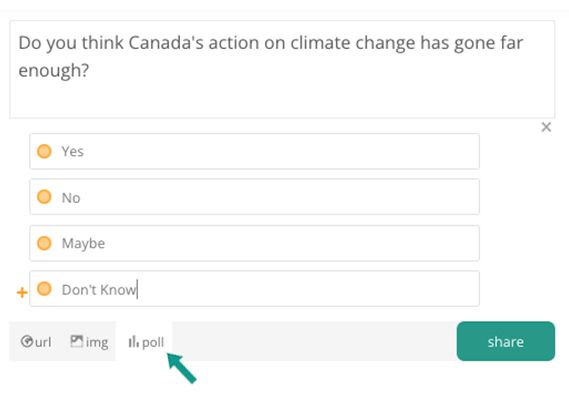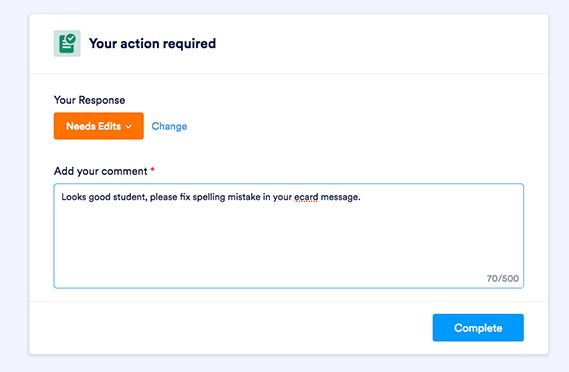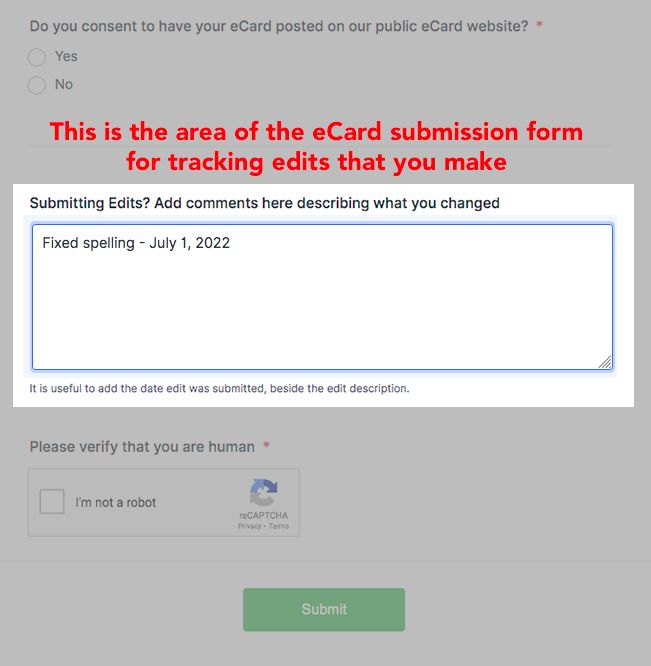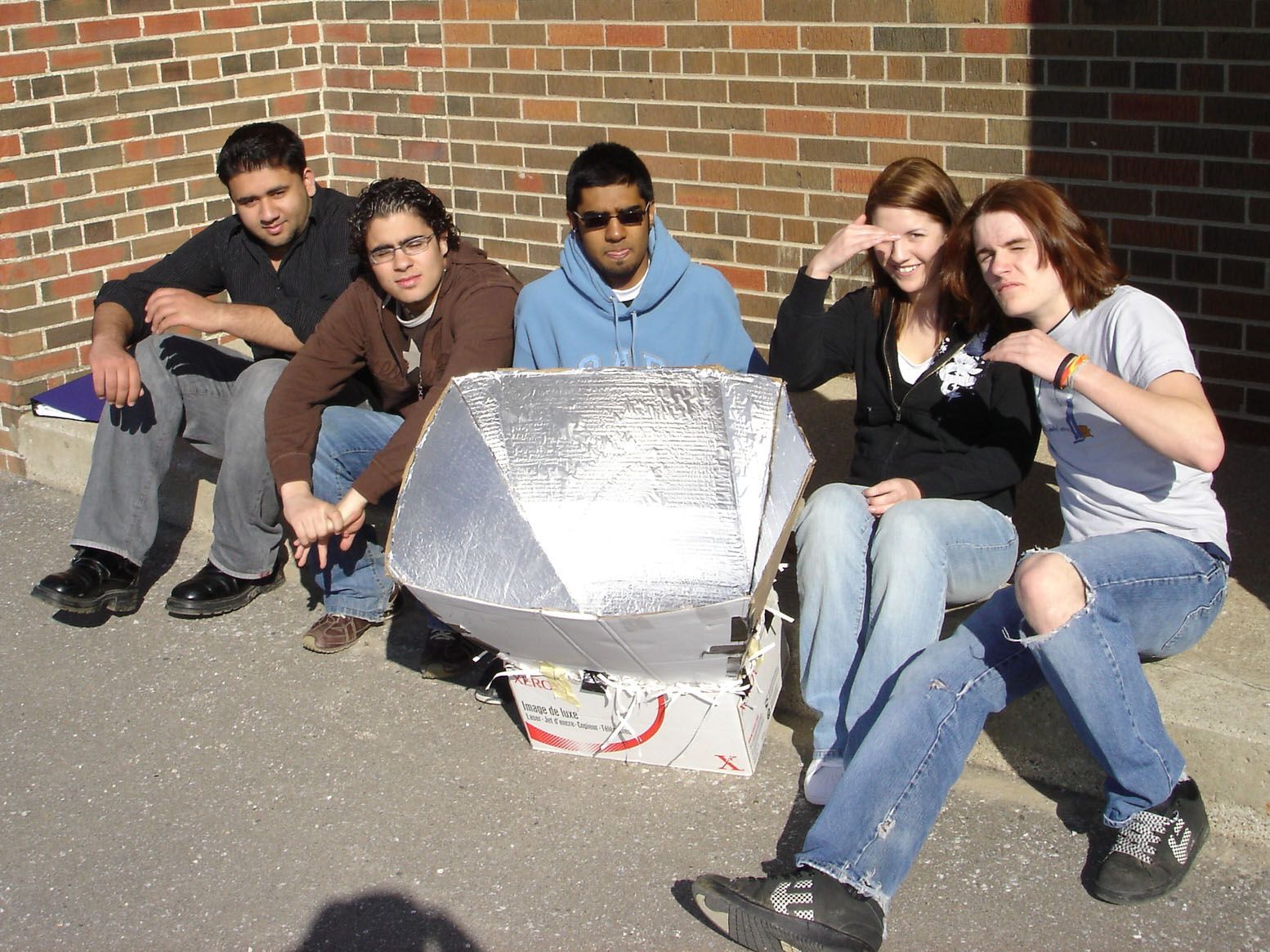2007 Re-Energy Solar Oven
Challenge Submission Showcase
Students and clubs from across Canada and around the world designed, built and tested solar ovens. Let the feasts begin!
Berwick & District School
Nova Scotia
We built two solar ovens for our science fair project and entered the solar oven challenge. We built the box cooker from the re-energy.ca web site and also a funnel solar oven.
Our first experiment with both cookers was in January, we took two mason jars that we had painted black and filled them with the exact same amount of water (74°F) and put them outside in the ovens. We were so amazed when we went out to check after the first half hour and the box cooker had reached a temperature of 119°F the final temperature of the box cooker was 144°F. The funnel cooker didn't do as well but its final temperature was 119°F after 2 1/2 hours in the sun. We did make some yummy hot chocolate with the water from the box cooker.
In April we finally got to really cook in our ovens. We fixed the funnel cooker. We insulated the bottom and we used a black cooking pan. Earth day was on a Sunday so Friday we cooked for the whole class. We sat the cookers up at 11:15am and we were eating at 1:30. In one mason jar we had a rice dish (rice, carrots and corn.) In another mason jar we had hotdogs cut up with beans. In a dark roasting pan we took chicken that we had pre-cooked, we added rice, cream of chicken soup and broccoli (we didn't make our special recipe that we made for the challenge because we were afraid we would have to many picky kids in our class so we made it a little plainer) everybody loved it....it was so much fun. We plan to do a lot more cooking with our cookers over the summer.
Write your awesome label here.
Write your awesome label here.
Moosomin First Nation
Saskatchewan
The solar ovens were built as a class project. Three ovens were built.
We learned that solar ovens can produce a lot of heat. We had some difficulty with the foil pan and the box that connected the panels. We improvised.
We made smores and got to go on top of the roof of our school. Now that was fun!
Write your awesome label here.
Write your awesome label here.
Prince Andrew High School
Nova Scotia
This was a group project to build three different models that we found on the internet. The Closed Oven Model: this one was a black box within a tinfoil covered box. The lid was closed on the black box that was inside a larger box, but the reflective box was left open. It was larger and covered in tinfoil on the inside after we had painted it black. The Pizza box Model: this was literally a pizza box with a window that had an open tinfoil covered lid within the lid. It was tinfoiled inside and had a black bottom. The Open Window Model: the students named this model because it was a box within a box, but the difference was that the outer box remained open for the sun to shine in. It was shorter than the inner box and painted black then covered with tinfoil. The inner box was taller than the outer box. It was black inside and had plastic sealing the opening on the top. We wanted to see which model would be the most effective.
We learned that you need a lot more heat than we had in the courtyard on a cool windy yet sunny day. The temperature that day was 17 degrees. We didn't have a temperature gauge for the oven models themselves. We wanted to make Shortbread Cookies (there were four cookies within each model) and cook one BBQ hotdog in each box. The pizza box did not work at all. The Closed Oven Box did not work at all. In fact the hot dog was still cold in both of these after one hour. The Window Box worked a little. If it had been out for more than an hour, we are sure that the hotdog would have cooked. The plastic on top had steam on it while cooking. However, none of the solar ovens warmed up the shortbread cookie batter.
It was fun to try to create the models from the internet. The steps to make them were quite confusing to my students so I think they improvised a bit. They all liked making the projects, but none of them were keen to try the food when it came out of the solar ovens. They all said they would like to try again later in the summer when it is hotter.
Write your awesome label here.
Write your awesome label here.
Riverbend Junior High School
Alberta
Our class built solar ovens to compliment our grade seven Heat unit. Students looked at the model and then altered it in ways they thought would improve the design. We took 2 classes to construct the models and 2 classes to test the models. The first day of testing was extremely windy and we only tested the inside of the solar oven cone without the cookng tray and oven bag. Ovens got to temperatures of 100 degrees without the oven bag! Once students got their ovens to a temperature of 75 degrees, they could try to cook Solar S'Mores. Everyone got to try them. The second test day was amazing all day then clouded over during our 1.5 hour test period but we had 10 minute spots of solid sunshine. Students used cooking trays and oven bags on this test and tried everything from nachos and popcorn to cookie dough and hot dogs!
The biggest thing we learned was how hot tinfoil and cardboard could get when put in the right configurations. We also discovered how quickly they heat up. We noticed that the oven was more like a microwave as it heated things quickly but didn't provide the crispiness you get in an oven. Our biggest challenge was a sunny day - we could not predict the weather and the week we had planned to test, it rained every day. We realized that you needed consistent sunshine as the cookies baked on the bottom but not so much on the top. The actual build was easily accomplished in a couple of hours. Don't forget to paint the inside of the baking trays black or line them with black paper.
The fun part was the chance to cook in an unconventional way and the different recipes for the ovens. The actual test was really cool because we could see how quickly the ovens worked.
Write your awesome label here.
Write your awesome label here.
St.Timothy's 49th Cubs/Beavers
Saskatchewan
From May 25th to 27th, the Cubs and Beavers were at Circle Shoe Camp. We spent some time on Friday building the Solar Oven to make dessert for Saturday Supper. We modified the design slightly. The small end of the narrower sides were increased by five centimeters to accommodate a medium sized roasting pan. We mounted the unit on one of the parks BBQ's to allow us to swivel the unit during the day. Many of the kids (and adults) were skeptical at first. I was surprised at how quickly it heated up. Just a few minutes after setting it up in the morning sun, the pan was quite hot. The resulting rice crispy squares disappeared quite quickly after being served.
The most important thing I've learned is that you must make sure that every parent has filled in their child's photo release form, or else you end up as the model. I learned that I would have been better off making a traditional recipe than trying to modify the recipe. I tried to add all the ingredients at once, and then come back after the mornings programming to stir them together. Rice Crispies are an excellent insulator. The marshmallows around the edges actually browned, and became crispy. The ones in the middle did not melt at all, and only the marshmallows in between melted and held the square together. My advice - melt the marshmallows first, and stir the rice crispies in.
The best part of the project was converting the skeptics who KNEW that it wouldn't work into believers.
Write your awesome label here.
Write your awesome label here.
Satyanarayan Girl's High School
West Bengal, India
Eight students of Satyanaryan Shiksha Niketan, Labpur, West Bengal, India, made a solar box cooker and cooked a delicious gourmet meal of hibiscus-and-potatoes. They also made tea and are looking forward to making rice. The students were part of a three-week Eco Summer Camp organized by Bidisha Banerjee, an Indian raised in the United States. Bidisha is in India for a year as part of a service and leadership fellowship provided by Indicorps.
Challenges included finding locally available materials. Aluminum foil was brought in from Kolkata. I also couldn't find black tempera paint or duct tape. So I didn't use black paint, and substituted electrical and clear tape. The monsoon also posed a challenge. Luckily, the sun was so strong that our food got cooked within a short time (2 hrs for potatoes).
Paromita, a twelve-year-old girl who gets mediocre grades but is brilliant, built her own mini-cooker using shiny biscuit packaging and the cardboard scraps left over from our main projects. Many others in the community are excited and are clamouring for a demonstration and a feast.
Write your awesome label here.
Linwood Intermediate School
Christchurch, New Zealand
As a teacher, I've always been interested in energy. In my middle school classes, I've organized challenges such as build a solar water heater etc. In 2007, I challenged my class to build a solar powered BBQ. I also built a couple of units myself as we were all getting "hot" results. Ex-mayor Vicky Buck was keen on the idea of a school wide challenge in my city.
We learned not to use polystyrene as the temperature was hot enough to melt the polystyrene. We also angled the oven at 10 to 15 degrees to achieve better results. We cooked a sausage in the oven.
I taped one brave young man's hand to the back of his solar oven plate and it was fun to watch his expression change as we faced the reflector toward the sun. Laughing turned to amazement as the temperature increased. I don't suggest you try this. When the caretaker laughed at what we were doing he said, "Next you'll tell me you're cooking bacon and eggs on it". I did cook bacon and eggs the next weekend - I still don't think he believes me.
Write your awesome label here.
GreenLearning
creates free education programs about energy, climate change and green
economy that engage and empower students to create positive change.
Explore
Get Involved
© 2024 GreenLearning. All rights reserved.
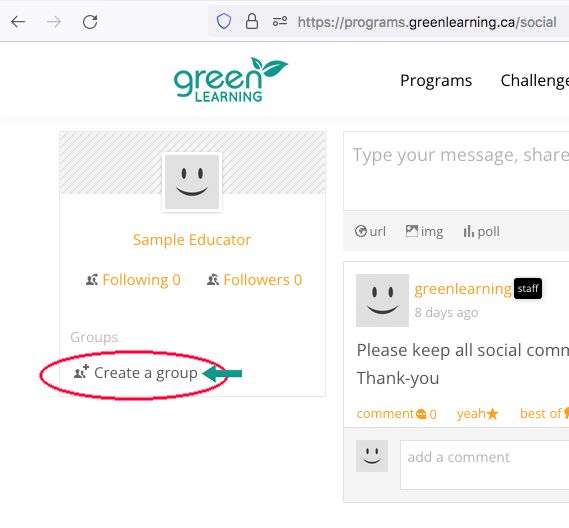


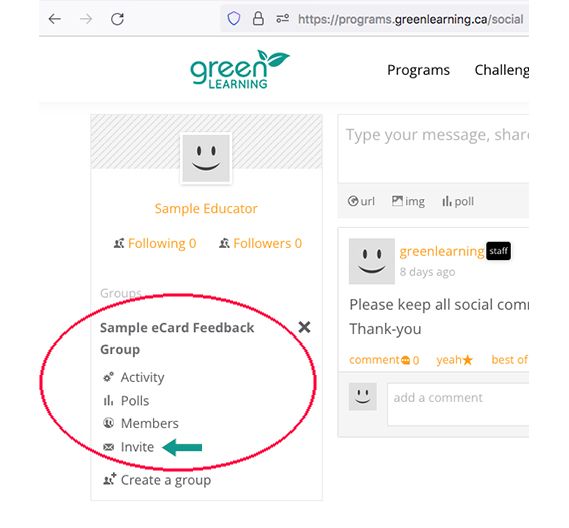

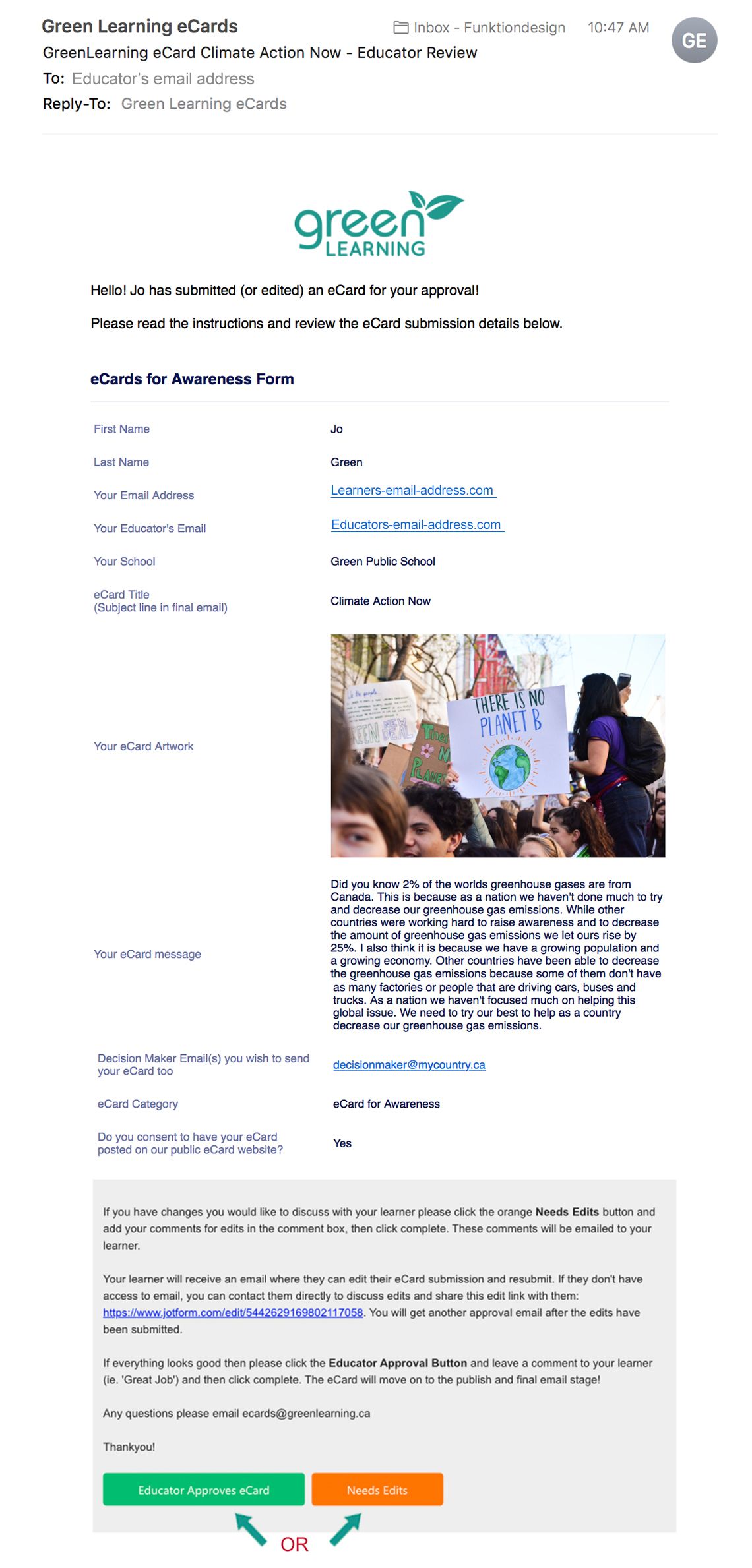
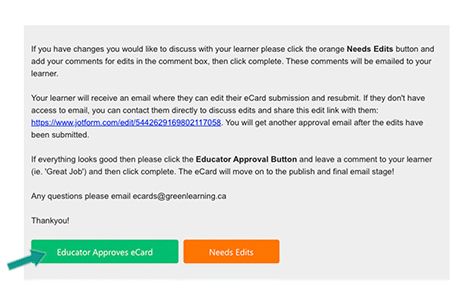
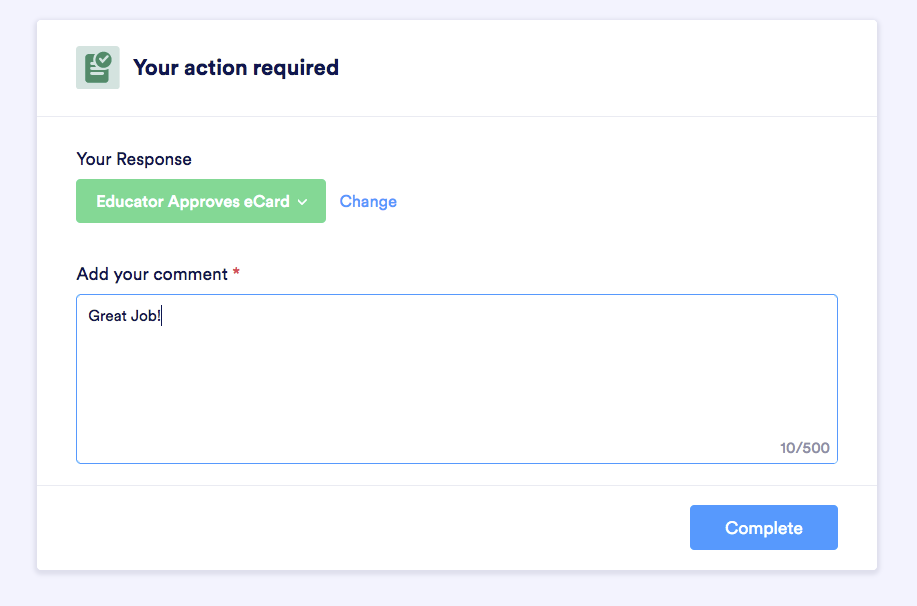

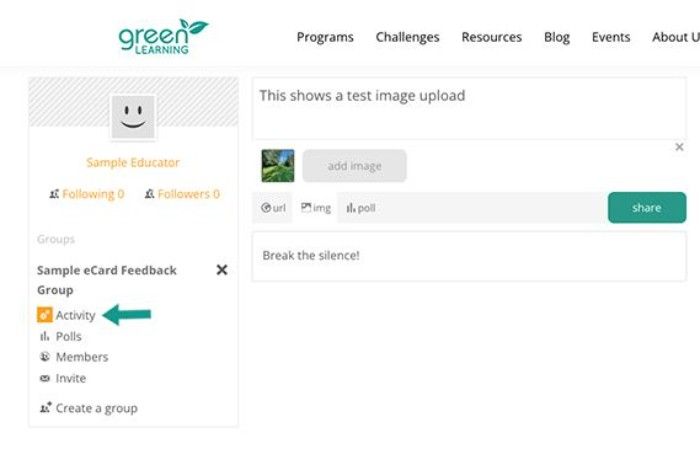
Activity link under private class group.

